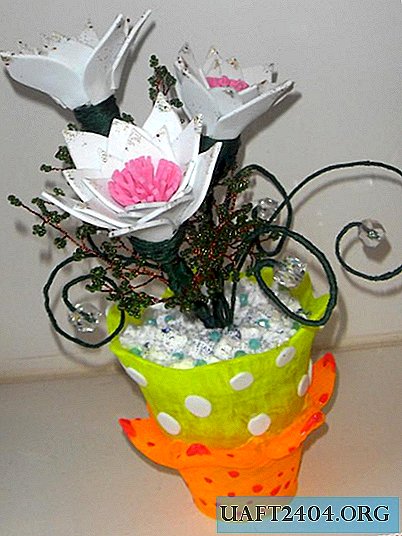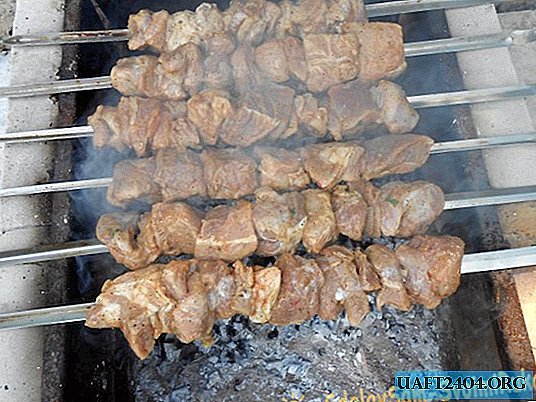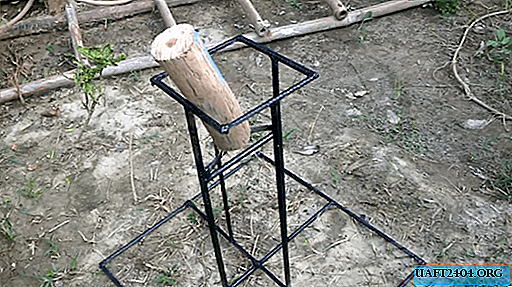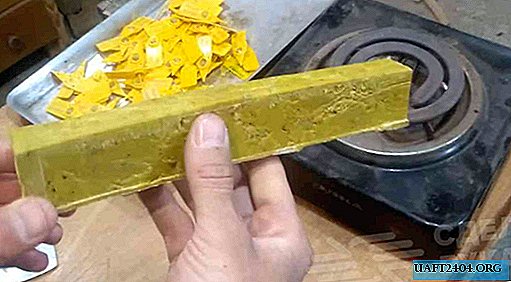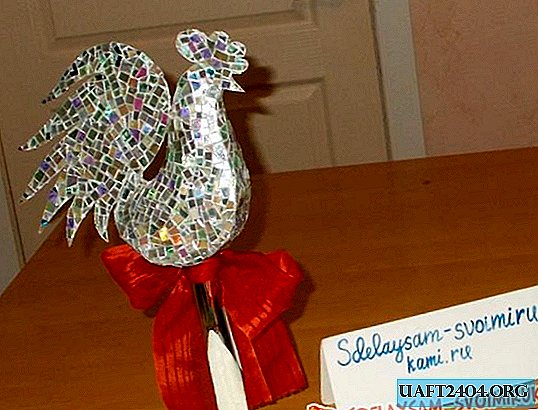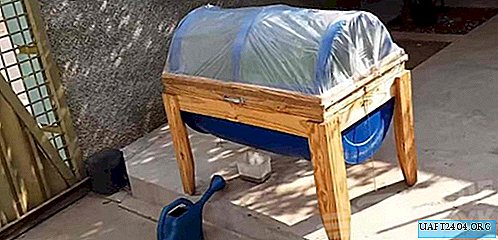Share
Pin
Tweet
Send
Share
Send

Also prepare the threads, needle, scissors, cardboard and marker on the fabric. Decide on the size of the bag. To do this, take a package of cereals and measure its length and width. To the data obtained, add 2 cm to each wide side and base of the package and 5 cm to the upper side. For example, if the package with buckwheat has a size of 18x20 cm, then for the bag you need to draw a rectangle with sides 22x27 cm. The pattern can be done directly on the fabric, or you can draw it on a cardboard sheet - so you can quickly sew a lot of identical bags. Step aside from the bottom side of the 5 cm rectangle and draw a 4x9 cm rectangle in the center of the part. Cut out all the elements and transfer the pattern to the fabric.

In order not to make extra cuts, if the size of the fabric allows, make a pattern on the back of the bag next to the front side. Cut the workpiece.

Cut a rectangle-window and at the corners make diagonal cuts 1 cm deep.

Bend the slices inward and iron.

Thus, the size of the window on the bag will be 6x11 cm.
From a transparent plastic, cut a 8x12 cm rectangle and sew it on the back of the bag.

Fold the parts of the product with the inside facing inward and, stepping back from the fold line of 2 mm, lay a straight seam.

Expand the workpiece. Fold the top edge 1 cm inward and iron.

Sew on Velcro.

Sew the side and base.

The next stage is the formation of a volume bottom. To do this, combine the side seam and the base seam.

Move away from the corner 2 cm and lay a straight line.

Similarly process the second corner.
Turn and iron the bag. Thanks to this bottom, a bag filled with cereals will stand stably on a shelf or in a drawer.

The product can be decorated at your discretion. So, if there is a bit of fabric left, make a bow or flower. Also, for the decor, you can use multi-colored buttons, felt ornaments and lace.

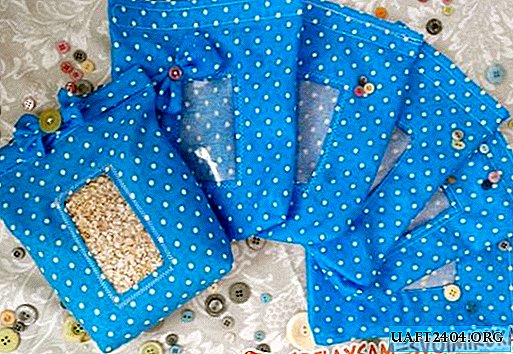

Share
Pin
Tweet
Send
Share
Send


